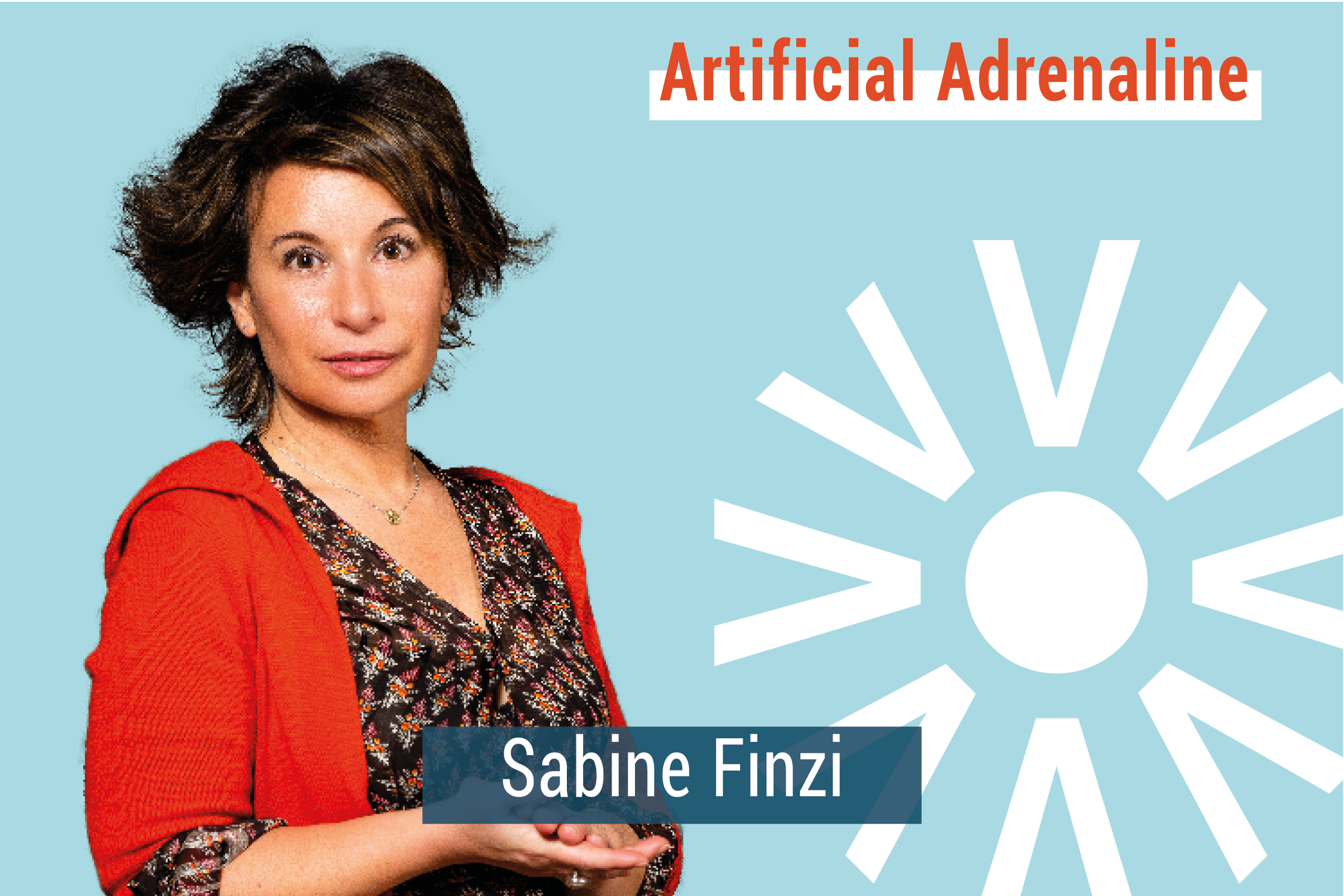
Knowing the dynamics and mechanics of a burnout can be extremely valuable. Burnouts do not come into being from one day to another but are often the effects of a long-term process. It can sometimes take up to ten full years for a burnout that has long been brewing to settle in. Knowing the mechanics of a burnout and being vigilant of the early warning signs can help you to potentially prevent burnouts from happening.
The chief candidates for receiving a burnout are often people with a high professional drive that desire to work and tend to work hard. These simple facts can act to masquerade many of the early signs of a burnout and might prevent anyone from noticing that a burnout is about to set in. Understanding the professional causes and individual characteristics, as well as the behavioural, emotional, and physical warning signs can help you to detect things much earlier and take action.
Who is Anne?
Anne de Wergifosse is one of our key trainers at AIM & Associés, she is passionate about individual and collective support. She delivers the How to Prevent Burnout at the European School of Administration, as well as many tailor-made team buildings for the European Institutions, agencies and bodies.








